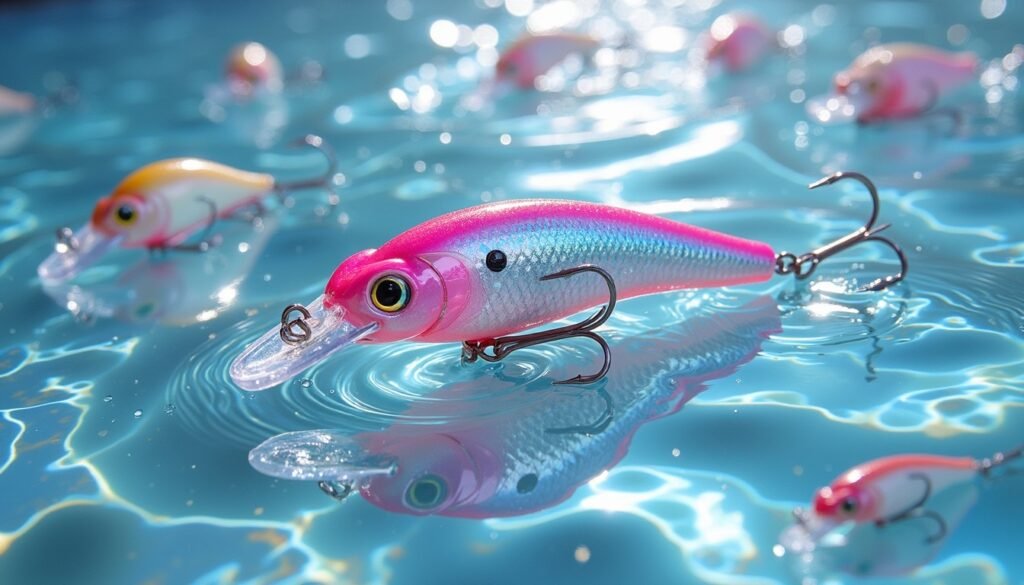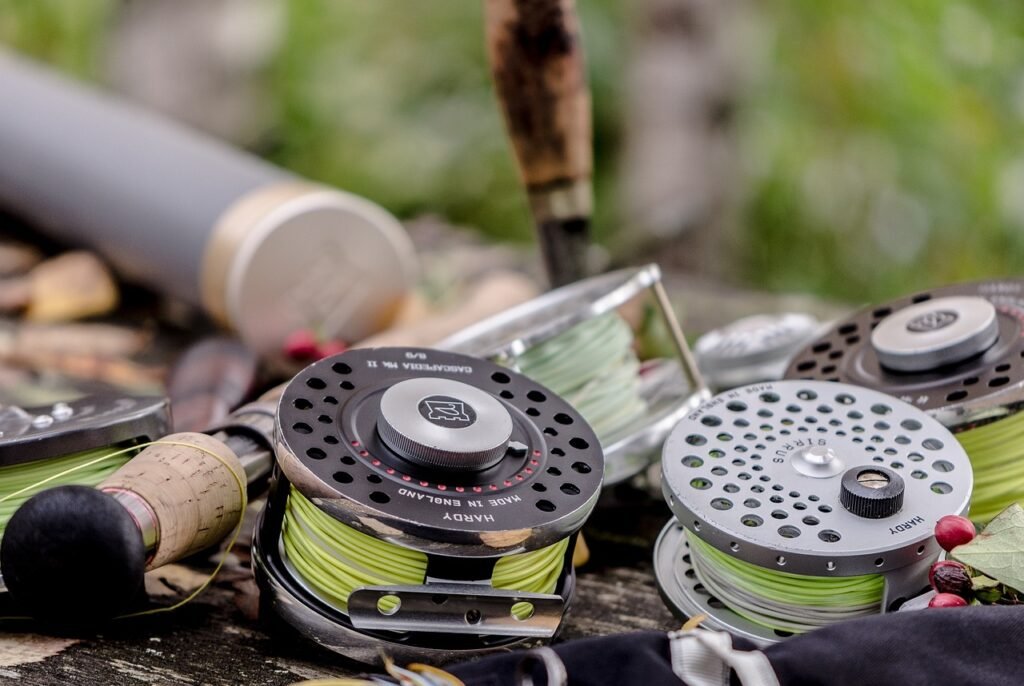Bank fishing is one of the easiest ways to start fishing. It means fishing from shore instead of a boat. This method is perfect for beginners because it’s affordable and relaxing. Furthermore, you can bank fish in many places like lakes, rivers, and ponds.
What Is Bank Fishing?
Bank fishing simply means fishing from land. You stand or sit on the shore while casting your line. It’s different from boat fishing because you don’t move around as much. Consequently, it’s easier to learn and requires less equipment.
Essential Bank Fishing Gear for Starters
Beginners don’t need fancy gear to start bank fishing. Here are the basic items you’ll need:
- Fishing rod: A 6-7 foot medium-action rod works best
- Reel: A simple spinning reel is easiest to use
- Fishing line: 8-12 pound test monofilament
- Hooks: Size 6-10 for most freshwater fish
- Sinkers: Split shot weights to keep bait down
Additionally, these optional items can help:
- Tackle box to organize gear
- Landing net for bigger fish
- Folding chair for comfort
Best Bait for Bank Fishing
Choosing the right bait is key for successful bank fishing. Live bait often works best for beginners. Nightcrawlers catch almost every freshwater fish. Similarly, minnows work well for bass and walleye. Moreover, crickets are excellent for panfish.
Artificial lures can also be effective. Spinners and small plastic worms catch many fish. However, live bait usually works better for beginners. Always match your bait to the fish you want to catch.

Simple Bank Fishing Techniques
Basic casting is the first skill to master. The overhead cast works in most situations. First, hold the rod at 10 o’clock. Then, swing it forward smoothly. Subsequently, release the line as the rod points toward the water.
Reading the water helps find fish. Look for areas with cover like logs or weeds. Fish often hide near these spots. Additionally, watch for jumping fish or ripples on the water. These signs show where fish are active.
How to Fish from Shore Effectively
Location matters in bank fishing. Ponds are great for beginners because fish are close to shore. Similarly, river bends often hold fish. Moreover, lakes with docks or vegetation usually have more fish.
Timing affects your success. Early morning and evening are usually best. Fish feed more during these times. However, cloudy days can be good all day. Always check the weather before going.
Common Bank Fishing Mistakes
Many beginners make these errors. First, they use gear that’s too complicated. Simple setups work better when starting. Second, they fish in empty water. Look for signs of fish instead of random spots.
Another mistake is not being patient. Fish sometimes take time to bite. Stay in one good spot for at least 20 minutes. Furthermore, many beginners forget to be quiet. Loud noises scare fish away.
Bank Fishing Safety Tips
Safety is important when fishing from shore. Watch your step on slippery banks. Wear shoes with good traction. Additionally, be aware of wildlife like snakes. Stay alert in areas with bears or alligators.
Protect yourself from the sun too. Wear a hat and sunscreen. Bring plenty of water. Furthermore, tell someone where you’re fishing. This is important if you’re going alone.
Finding Good Bank Fishing Spots
Public parks often have great fishing access. Many have special fishing piers too. State fishing areas usually provide good shore access. Additionally, ask at local bait shops for tips.
Look for these features in good spots:
- Shallow areas near deep water
- Points extending into the water
- Areas with visible structure
- Places where currents slow down
Getting Better at Bank Fishing
Practice improves your skills. Try different baits and locations. Keep notes about what works. Furthermore, watch experienced anglers. You can learn a lot by observing.
Join a local fishing club to learn more. Many have beginner classes. Additionally, online forums share good tips. Remember, every angler started as a beginner.
Grab your gear and try bank fishing today! Start with simple equipment and basic techniques. With practice, you’ll catch more fish and have more fun.
Bank Fishing FAQ: Answering Common Beginner Questions
What’s the easiest fish to catch when bank fishing for beginners?
Panfish like bluegill and sunfish are the easiest catches for shore anglers. They bite readily on simple baits like worms or small jigs. Additionally, they’re found in most freshwater areas and don’t require special gear. Many beginners start with these fish before moving to bass or catfish.
How far should I cast when fishing from shore?
Contrary to popular belief, you don’t always need long casts. Many fish feed within 10-15 feet of shore, especially near cover. However, in clear water or pressured areas, casting 20-30 feet may help. The key is watching for fish activity and adjusting accordingly.
Can I really catch big fish from shore?
Absolutely! Many trophy fish are caught from shore each year. Large bass often cruise shallow areas, especially at dawn/dusk. Similarly, catfish patrol shorelines at night. The secret is fishing at the right times and knowing where big fish hide near shore.
Do I need a fishing license for bank fishing?
Yes, in most cases. Nearly all states require licenses for freshwater fishing, even from shore. However, some offer free fishing days or exemptions for young anglers. Always check your state’s regulations – fines for fishing without a license can be steep.










Leave a comment